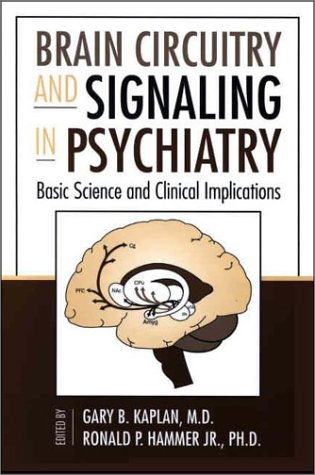

Most ebook files are in PDF format, so you can easily read them using various software such as Foxit Reader or directly on the Google Chrome browser.
Some ebook files are released by publishers in other formats such as .awz, .mobi, .epub, .fb2, etc. You may need to install specific software to read these formats on mobile/PC, such as Calibre.
Please read the tutorial at this link. https://ebooknice.com/page/post?id=faq
We offer FREE conversion to the popular formats you request; however, this may take some time. Therefore, right after payment, please email us, and we will try to provide the service as quickly as possible.
For some exceptional file formats or broken links (if any), please refrain from opening any disputes. Instead, email us first, and we will try to assist within a maximum of 6 hours.
EbookNice Team

Status:
Available5.0
25 reviewsThis text chronicles the next step of that journey. Structured around a proven teaching methodology that uniquely integrates the clinical aspects of psychiatric disorders with their neurobiology, this volume begins with two introductory chapters on functional neural circuitry and neural signaling pathways. The remaining six chapters present current knowledge on the neuroanatomic and neurochemical mechanisms underlying schizophrenia, addiction, anxiety, depression, bipolar disorder, and dementia/Alzheimer's disease. For clarity and consistency, each chapter features the same four divisions—clinical presentation, neural circuitry, signaling pathways, and psychopharmacology—as they relate to
Meticulously researched and clearly written by 15 contributors—all recognized experts from leading research and teaching institutions in the United States—this compact and extensively illustrated volume stands out in the literature because it combines readability and practicality with the breadth and depth typically found only in far lengthier works. Psychiatric practitioners, residents, and students alike will welcome this informative, easy-to-read text, which will also be of special interest to mental health and pharmaceutical industry professionals, and of general interest to anyone who wants to know more about the biology of psychiatric illness.